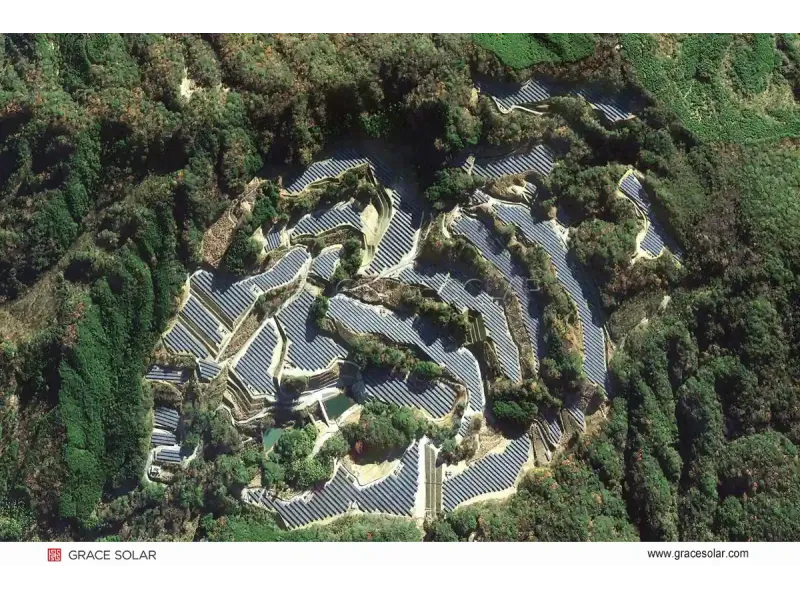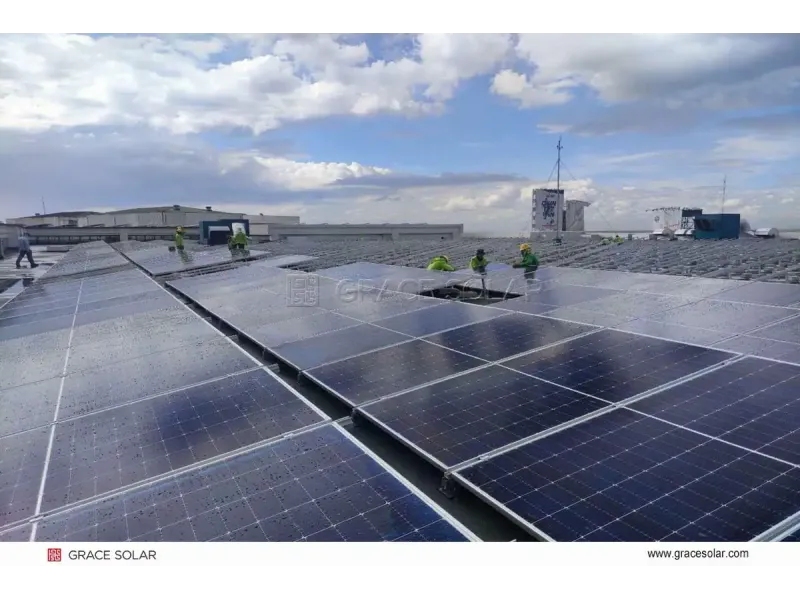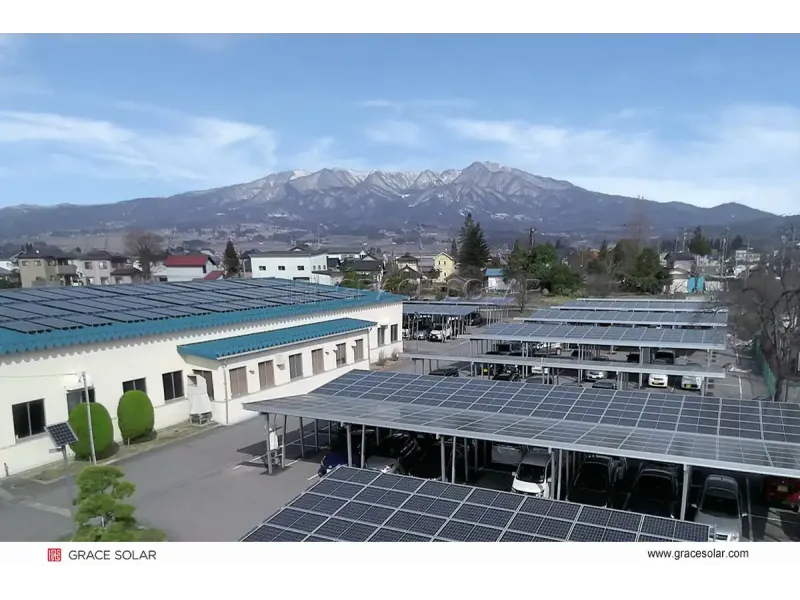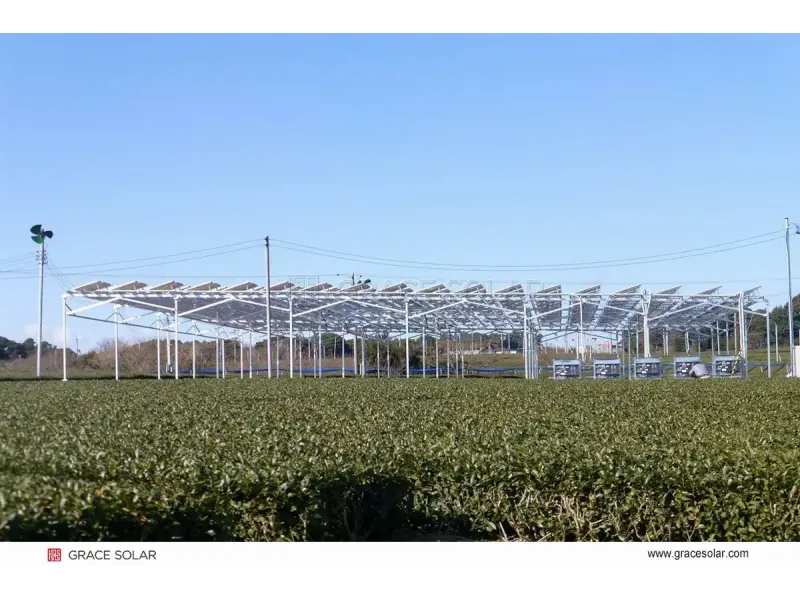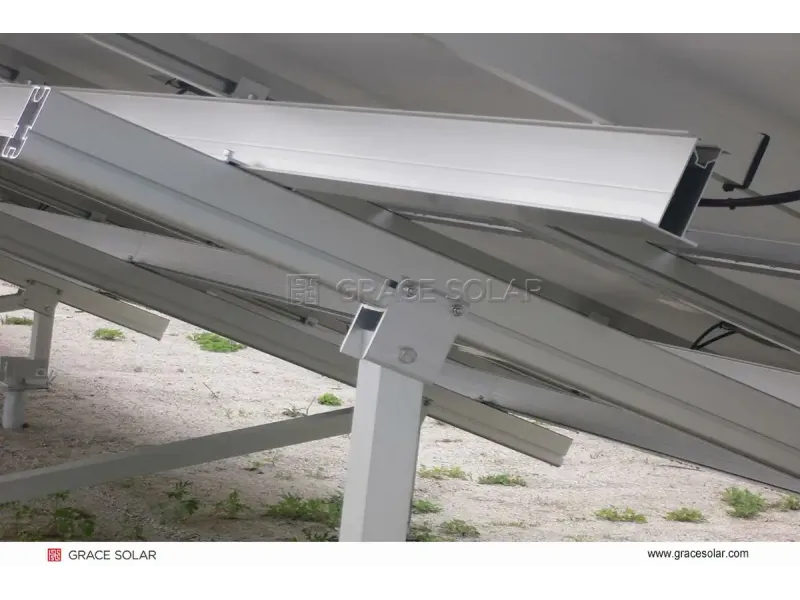Essential Guide to Solar Panels vs Trackers
When designing a solar energy system, understanding the distinct roles of solar panels and solar trackers is crucial. Solar panels (photovoltaic modules) convert sunlight directly into electricity, while solar tracking systems dynamically adjust panel angles to maximize sun exposure throughout the day.
Core Functions Comparison
Solar Panels
- Static devices that convert sunlight to electricity
- Available in monocrystalline, polycrystalline, and thin-film variants
- Typical efficiency range: 15-22%
Solar Trackers
- Dynamic systems that orient panels toward optimal sun position
- Single-axis trackers (E-W movement) boost output by 25-30%
- Dual-axis trackers (N-S + E-W) increase yields by up to 40%
Efficiency Gains Analysis
Fixed panels lose significant energy potential when not directly facing the sun. Advanced tracking systems overcome this limitation through multiple precision technologies:
Intelligent Control Technologies
- Astronomical tracking with GPS time synchronization
- Weather-adaptive algorithms that increase generation by 8%
- Real-time cloud pattern analysis sensors
- Overcast day optimization strategies
- Sunrise/sunset shadow elimination technology
- Dual-axis calibration for bifacial modules
LCOE (Levelized Cost of Energy) Reduction
| System Type | Cost Premium | Energy Gain | LCOE Reduction |
|---|---|---|---|
| Fixed-Tilt Panels | $0 | Baseline | 0% |
| Single-Axis Tracker | $0.15-0.25/W | 25-30% | 18-22% |
| Dual-Axis Tracker | $0.25-0.45/W | 35-40% | 24-30% |
Project-Specific Recommendations
Optimal Solutions by Application
Residential Rooftops
- Fixed-tilt systems preferred for cost efficiency
- Requires minimal maintenance
Commercial & Utility Scale
- Trackers significantly reduce payback period
- 1P or 2P systems maximize ROI
Complex Terrain
- Slope adaptability up to 20%
- Multi-drive systems enhance structural stability
High Wind/Corrosive Zones
- Rigidity increased by 20% versus conventional systems
- Wind resistance certified to 47m/s (105mph)
Certification & Quality Assurance
When selecting solar trackers, verify compliance with these critical standards:
- UL 3703 & IEC 62817 certification
- TÜV Rheinland wind tunnel test reports
- ISO 9001 manufacturing quality systems
- IP65 protection rating for critical components
- 25-year structural warranty documentation
Comprehensive EPC solutions include quality verification and performance guarantees, ensuring optimal system lifetime.
Innovation Roadmap
Emerging Technologies
- Self-powered trackers: Integrated PV modules eliminate grid dependence
- MPPT optimization: Next-gen tracking controllers enhance DC yield
- Passive systems: Thermal-actuated dual-axis trackers with zero power consumption
- Drone-assisted calibration: AI-powered site optimization
Professional Recommendation: For new installations, select systems compatible with bifacial modules and hybrid trackers to maximize 25-year ROI. Trackers typically generate 1.5-2x more value per dollar than equivalent fixed-tilt capacity expansion.

